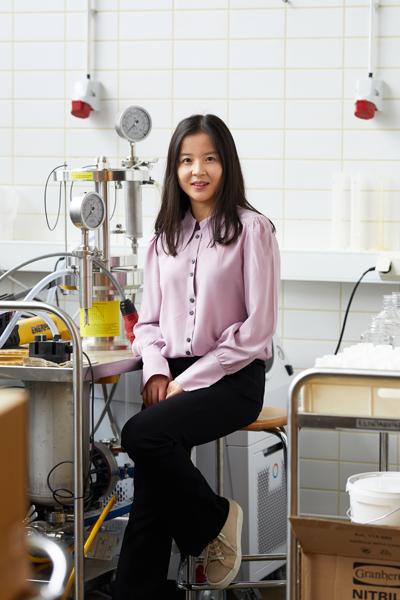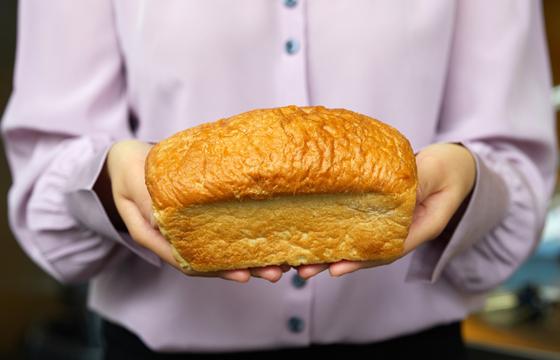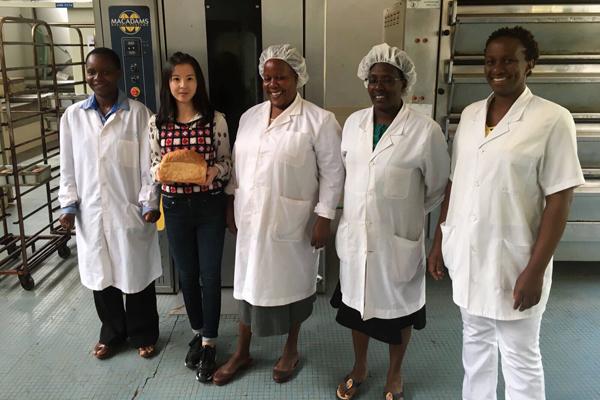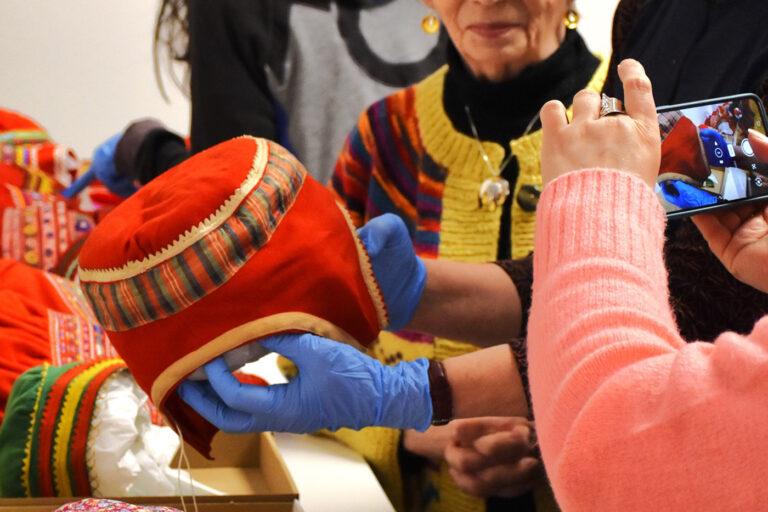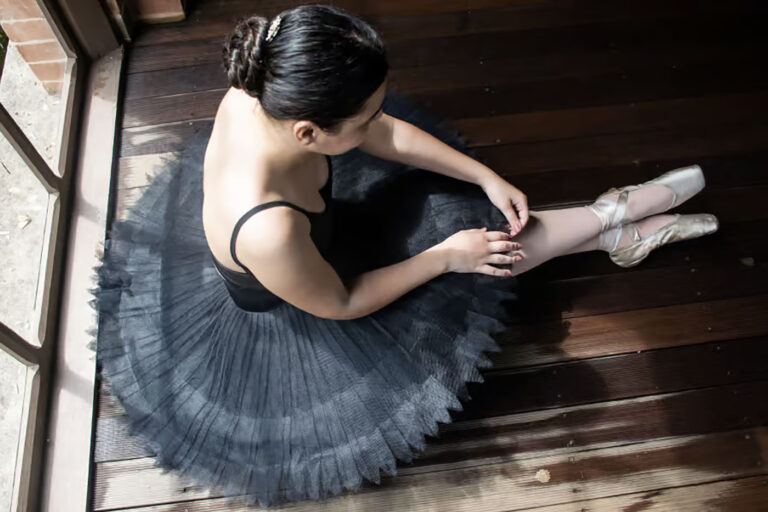Solving the wheat dilemma
PhD Yaqin Wang baked thousands of loaves in order to create a perfect alternative for wheat bread. The results of her thesis study are promising.
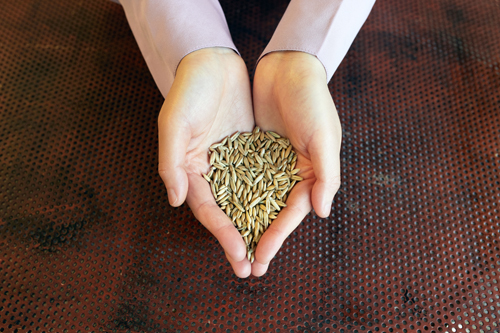
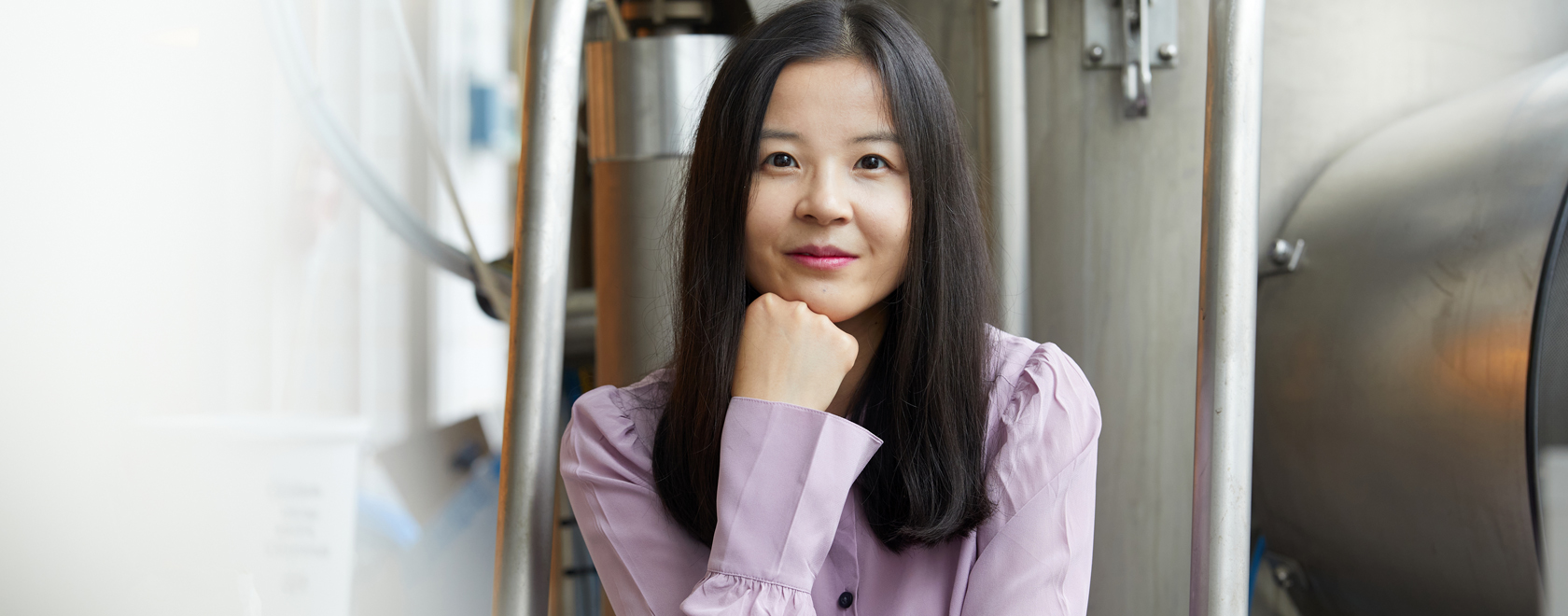
Text and photos: Laura Iisalo
Ten thousand years ago, the cultivation of wheat changed the course of humankind. The transition from hunter-gathering to agriculture was a great success from the perspective of survival, and by now wheat is one of the most popular cereal grains in the world. It tastes great, it is easy to use in baking and cooking, and it is relatively cheap. Unfortunately wheat, especially when refined, is not very nutritious or sustainable.
There are many other grains and legumes such as faba bean, sorghum, and millet, which are rich sources of proteins, minerals, dietary fibre, and antioxidants, but those are often under-utilised because the taste and texture are inferior to commercial wheat products.
To try and solve this dilemma, PhD Yaqin Wang decided to look into making better use of these wheat alternatives in Europe and in African countries including Burkina Faso and Kenya, where most of the wheat flour is imported. She defended her thesis, ‘Optimization of cereal foam structures by using tailored bioprocessing’, in June 2020.
– The aim of the project was to help to increase the usage of locally grown grains by making high protein, or wholegrain bread. In order for people to adapt, the product needs to be quite similar to what they are used to. The problem is that when you replace more than 30% of the wheat flour with faba bean, sorghum or millet flour, the bread becomes very small and hard and not very tasty compared to regular bread, Wang says.
The big baking experiment
To improve the texture and flavour, Wang experimented with dextran. As an all natural alternative to commercial texture enhancers and flavour-masking additives, it doesn’t have to be listed in the food label because dextran is not an ingredient but a product of sourdough fermentation with well-characterised lactic acid bacteria isolated from food.
By adding sucrose, Wang developed a bioprocessing method that created dextran, which functions in a similar way to gluten. In theory the method can be applied to any flour, but it needs to be tailored to optimal conditions.
– It was challenging to work with difficult flours because there was not much information available. For instance, the sorghum flour can have antimicrobial compounds, which means that when you try to ferment it, the bacteria just won’t grow, Wang says.
Future of food
Eventually the hard work paid off. Wang used 30-50% of faba bean, sorghum, or millet flour to replace wheat flour, and dextran producing lactic acid bacteria isolated from an African sourdough pastry.
She managed to bake bread that was close to, or even bigger than a 100% wheat bread. To see how the invention appeals to the end-consumers, Wang and her team traveled to Burkina Faso, and held a sensory test in a local bakery.
– It was successful. I’m happy that they are now trying to use the local cereals in making food. Wheat ranks top on the Africa’s food import list and it has put high pressure on the government and food security. More effort needs to be put into the project in order to get the bread in the market but the study was very good, she says.
Wang is now a postdoctoral researcher at the Department of Food and Nutrition Sciences at the University of Helsinki, and she continues to investigate the future of food, focusing on creating plant-based alternatives for meat.
– Our main purpose is to reduce the reliance on wheat flour, and to replace it with healthier options. Often the work is very challenging but we have a big research group here, and a lot of people involved. It’s a good community, she says.
PhD Yaqin Wang looked into the optimisation of cereal foam structures by using tailored bioprocessing, and received a grant worth 24 000 euros from the central fund towards her thesis research.
